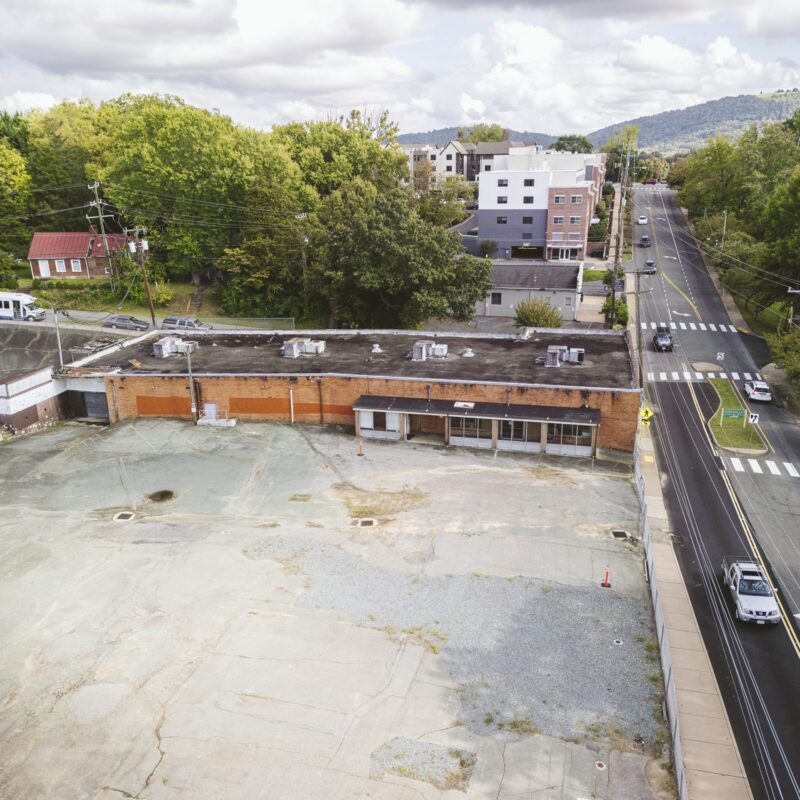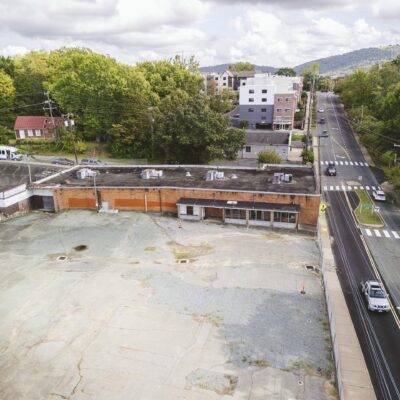Good morning bricksters. Hope you all had fun in New York. We did. (Bricktern was actually in the real NYC this past weekend, which we imagine was probably way better than the Downtown Business Association’s version. Probably.)
As rain finds us cooped in the office, and with little development occurring in the out of doors (not to mention coming off a weekend of walking the streets of Manhattan), we thought we would do a little research into the history of pedestrian malls.
The idea for "car-free zones" has been around since the early 1900s (right around the time the idea for cars came around), but the idea really gained ground amidst the urban renewal revolution of the 1960s. Apparently, the movement really caught on in Europe and South America—who doesn’t want to walk through the streets of the Cinque Terre?—but stumbled in the United States and Canada.
Canada we can understand; they prefer their underground malls when it’s -20 degrees and there’s 7′ of snow on the ground. And the states, well, we’re all just fat and lazy, right?
Wikipedia says there were originally about 200 pedestrian malls in the states and that, as of ’97, only about 30 remained, with our very own Downtown Mall being one of those proud few. Anyone who’s been around Charlottesville since the Mall was put in will tell you it wasn’t always as thriving as it is today. It took the Mudhouse and the Ice Park, along with a few other brave colonists (and, more recently, a few of Capshaw’s millions) to turn the Mall into the jewel it is.
The car-free movement is gaining stride in the states once again thanks to the green craze. Tune in tommorow for more on the rebirth of the car-free zone.
And in the meantime, get off your lazy American tush and walk around our lovely town.



